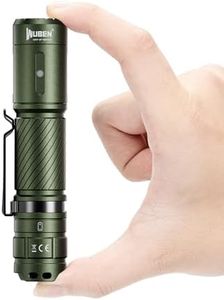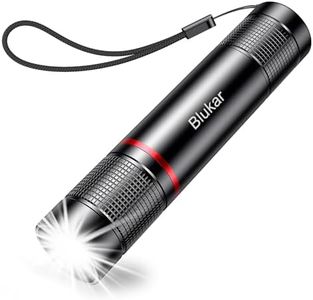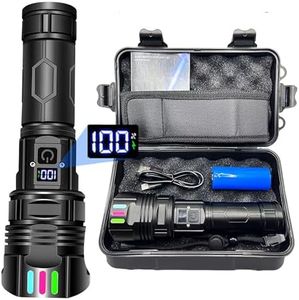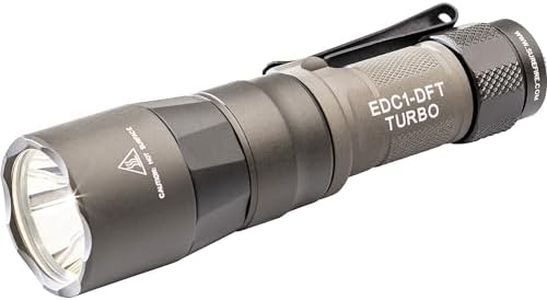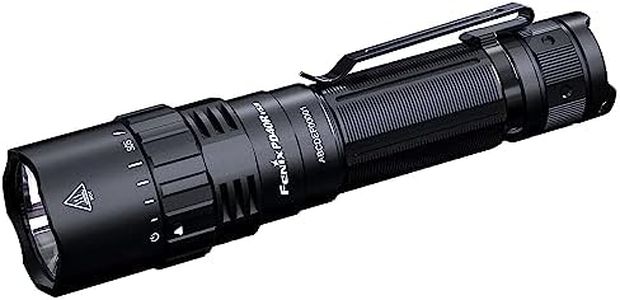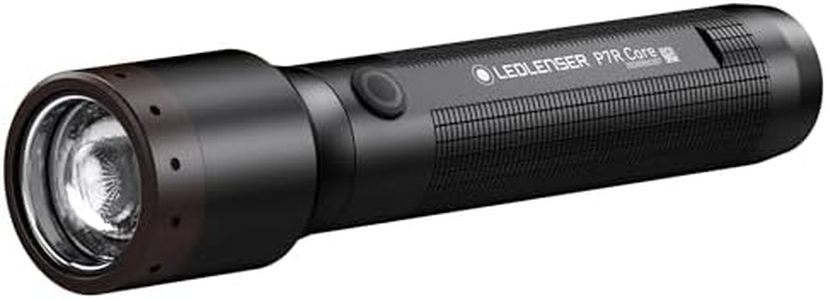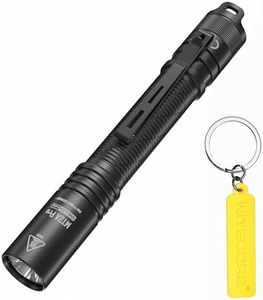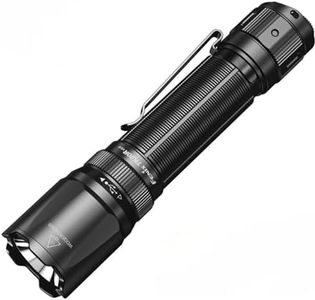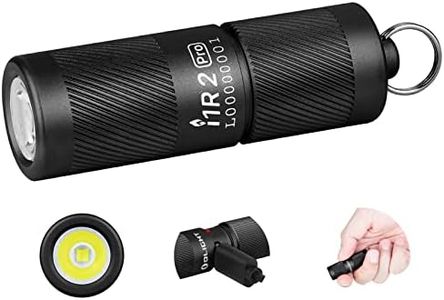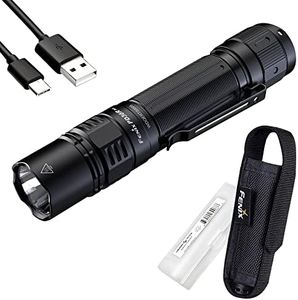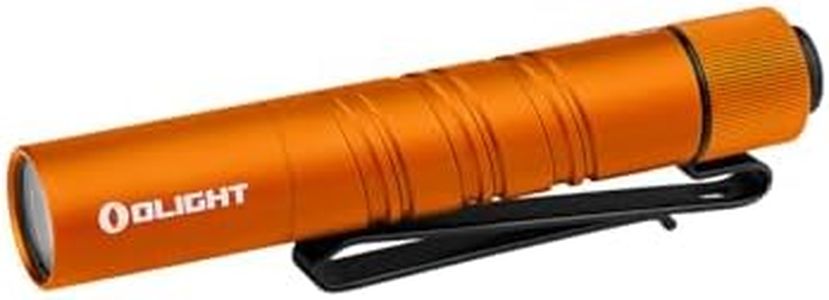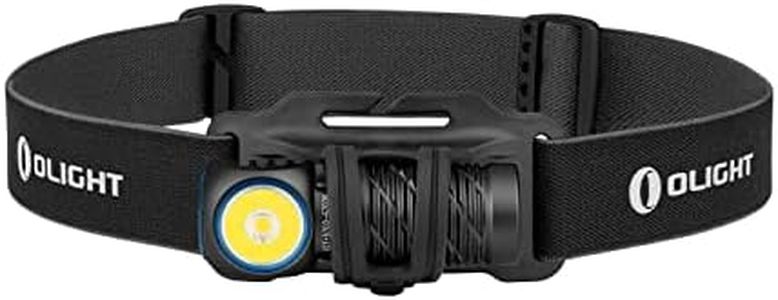We Use CookiesWe use cookies to enhance the security, performance,
functionality and for analytical and promotional activities. By continuing to browse this site you
are agreeing to our privacy policy
10 Best Waterproof Flashlights
From leading brands and best sellers available on the web.Buying Guide for the Best Waterproof Flashlights
Choosing a waterproof flashlight requires a good understanding of where and how you'll be using it. Whether you're planning for camping, boating, emergency kits, or diving, having a flashlight that can survive exposure to water is essential in ensuring it works when you need it most. The best approach is to focus on a few key specifications that impact real-world performance, durability, and ease of use. Knowing what each spec means and how it relates to your needs will help you make the most suitable choice.Waterproof Rating (IPX Standard)The waterproof rating shows how well a flashlight can withstand exposure to water. These are often described using the IPX rating system, where IPX4 means splash-resistant, IPX7 means submersible up to 1 meter for 30 minutes, and IPX8 means submersible deeper than 1 meter. If you just need rain or spill protection, IPX4 might suffice. For brief immersion, around pools or wet environments, IPX7 is a safe bet. For swimming, diving, or using the flashlight underwater, an IPX8 rating is crucial. Match the rating to the environment you'll most likely encounter.
Brightness (Lumens)Brightness is measured in lumens and tells you how much light the flashlight emits. Lower lumen flashlights (50–200 lumens) are good enough for up-close work or reading. Mid-range options (200–600 lumens) are ideal for outdoor activities and general use. High lumen flashlights (over 600 lumens) are best for search-and-rescue, exploring large areas, or spotting from a distance. You'll want to balance brightness with battery life, and consider that higher brightness may reduce run time.
Battery Type and LifeThe type of battery a flashlight uses affects how long it lasts and how easily you can recharge or replace it. Flashlights may use disposable batteries (like AA or AAA), rechargeable built-in batteries, or replaceable lithium-ion cells. Disposable batteries are easy to swap, especially in emergencies. Rechargeable flashlights are convenient but may require access to power for recharging. Battery life (run time) can range from under an hour on high to over 100 hours on low settings, so think about how long you need the light to last between charges or battery changes.
Beam Distance and SpreadBeam distance indicates how far the flashlight’s light reaches, while spread describes whether it creates a focused spot or a wide flood of light. Long beam distance is good for seeing far ahead, which is useful in search situations or while hiking at night. A wide beam (flood) is better for illuminating a large area close by, helpful for campsites or general use. Some waterproof flashlights allow you to adjust the beam depending on your needs, offering greater flexibility.
Size and WeightThe size and weight of a waterproof flashlight impact portability and comfort. Smaller, lightweight flashlights are easier to carry and store, making them ideal for everyday carry, hiking, or stashing in a glove box. Larger, heavier flashlights might offer longer battery life or higher brightness but can be cumbersome for extended use or travel. Consider how and where you'll carry the flashlight and choose a size that fits your intended purpose without adding unnecessary bulk.
Durability and ConstructionThe materials used and overall build quality determine how well a waterproof flashlight can handle bumps, drops, and rough conditions. Aluminum and tough plastics are common for their strength and resistance to corrosion. Also, check if the flashlight is shockproof or impact-resistant, especially if you'll be using it outdoors or in rugged environments. Choose a construction quality that matches your expected level of wear and tear.
Switch Type and OperationHow you turn the flashlight on/off or cycle through modes matters, especially with wet hands or gloves. Some flashlights use push buttons, sliders, or twist mechanisms. Buttons are quick, while twist or sliding switches can prevent accidental activation. If you need to use the light in wet, cold, or dark conditions, look for switches that are easy to operate without looking or fumbling.
